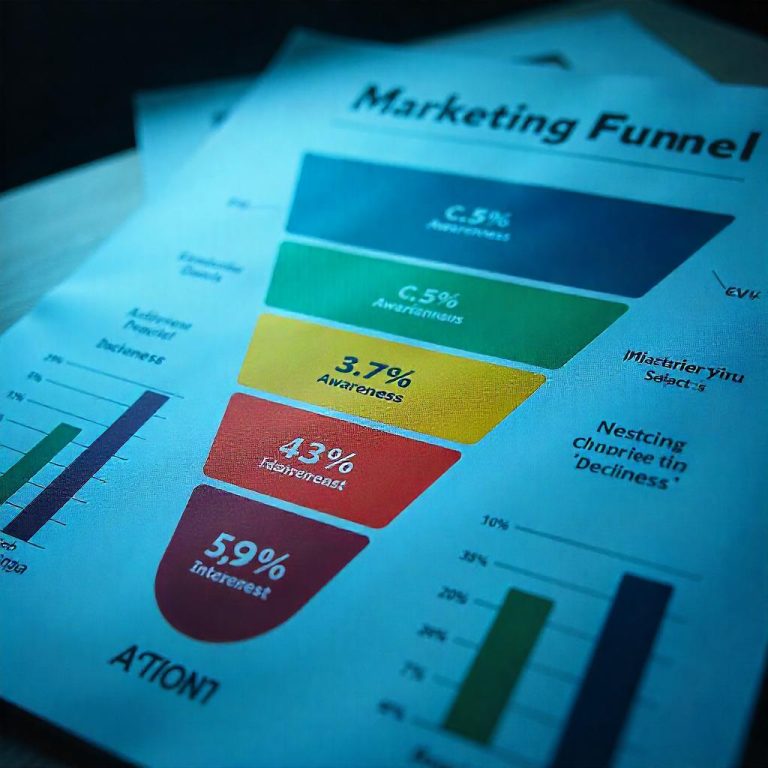How To Run A Facebook Ad
Running a Facebook ad can significantly boost your business’s visibility, engagement, and sales by targeting the right audience on the world’s largest social media platform. Below is a step-by-step guide on how to create and run a Facebook ad campaign.
1. Set Up a Facebook Business Manager Account
Before running ads on Facebook, you need to have a Facebook Business Manager account. This allows you to manage your ad campaigns, track performance, and manage billing and access to your page, ads, and assets.
- Go to Facebook Business Manager.
- Click on “Create Account” and follow the steps to set up your business details.
Top Free Digital Marketing Online Courses to Boost Your Skills (Get List And Websites
2. Define Your Campaign Objective
When creating a Facebook ad, the first step is to define your campaign objective. Facebook offers various campaign objectives depending on your marketing goals. Choose the one that aligns with your goal:
- Awareness: Reach, brand awareness, or local awareness.
- Consideration: Traffic, engagement, app installs, video views, lead generation, or messages.
- Conversion: Conversions, catalog sales, store traffic.
For example, if you want to drive website traffic, select the “Traffic” objective. If your goal is to increase brand awareness, choose the “Brand Awareness” objective.
3. Create Your Audience
Once you’ve selected your campaign objective, the next step is to define your target audience. Facebook allows you to create a custom audience based on factors like:
- Location: Target users based on geographic areas.
- Demographics: Age, gender, job title, education, relationship status, etc.
- Interests: Hobbies, likes, activities, etc.
- Behavior: Online purchase behavior, device usage, etc.
- Custom Audiences: Upload customer lists, website visitors, or email subscribers.
- Lookalike Audiences: Reach people who are similar to your existing customers.
This targeting ensures that your ads are shown to people who are most likely to engage with them, improving ad effectiveness and reducing wasted spend.
4. Set Your Budget and Schedule
Next, decide how much you want to spend on your ad campaign and how long you want it to run. Facebook offers two types of budgets:
- Daily Budget: The average amount you’re willing to spend per day on your ad.
- Lifetime Budget: The total amount you’re willing to spend for the duration of the campaign.
You can also set your ad schedule. Choose whether you want your ad to run continuously or within a specified time frame. You can select start and end dates or let the ad run until the budget is exhausted.
5. Design Your Ad Creative
Once the targeting and budget are set, it’s time to design the actual ad. Facebook offers various ad formats, including:
- Image Ads: Simple and effective, image ads are perfect for showcasing products or services.
- Video Ads: More engaging and suitable for storytelling or demonstrations.
- Carousel Ads: Multiple images or videos that users can swipe through.
- Slideshow Ads: Lightweight video-like ads made from images.
- Collection Ads: Ads with a main image or video and product images below it, designed to showcase a product catalog.
Make sure your creative is high quality and aligns with your ad’s purpose. Include a strong call to action (CTA), such as “Shop Now,” “Learn More,” or “Sign Up.”
6. Choose Ad Placement
Facebook allows you to place ads across various platforms within its network, including:
- Facebook: On the main feed, right-hand column, and in groups.
- Instagram: On the feed and stories.
- Audience Network: On third-party apps and websites.
- Messenger: In conversations or as sponsored messages.
Start Your Digital Business Today for Just 20 USD
You can either choose Automatic Placement, which lets Facebook decide the best placement for your ad, or Manual Placement, where you can select specific platforms where you want your ad to appear.
7. Set Up Tracking and Conversion (Optional)
If you’re aiming for conversions (like website purchases), set up Facebook Pixel, a piece of code that tracks visitors on your website. This will allow you to track actions users take after interacting with your ad, such as purchases or sign-ups. You can also create custom conversions to track specific actions on your website.
8. Review and Publish
After all your settings are in place, carefully review your campaign settings, creative, and targeting. Ensure everything is aligned with your goals. You can preview how your ad will appear on different devices and placements.
Once satisfied, click Publish to launch your ad. Facebook will review the ad to ensure it complies with their advertising policies. If approved, your ad will go live, and you can start reaching your targeted audience.
9. Monitor and Optimize Your Ad Campaign
Once your ad is live, it’s crucial to monitor its performance. Facebook provides detailed analytics on how your ad is performing, including metrics like:
- Reach and Impressions: How many people saw your ad and how often.
- Click-Through Rate (CTR): The percentage of people who clicked on your ad after seeing it.
- Conversions: The number of desired actions taken (e.g., purchases, sign-ups).
- Cost-per-Click (CPC) and Cost-per-Conversion: How much you’re paying for each click or conversion.
Use these insights to optimize your ad campaign. You can adjust targeting, change creative, or modify the budget to improve performance. A/B testing different ad elements, like images, copy, or CTAs, can also help you identify the most effective ad variations.
10. Re-engage with Retargeting (Optional)
If you have people who clicked on your ad but didn’t convert (e.g., didn’t make a purchase or sign up), you can create a retargeting campaign. This allows you to show ads to people who have previously interacted with your business but didn’t take the desired action.
Digital Marketing for Beginners: Learn Affiliate Marketing and Facebook Ads
By retargeting, you keep your business in front of potential customers and increase the chances of conversion.







